What is a brushless DC motor?
-
Automation
-
Health & wellness
-
Life environment
-
Automotive
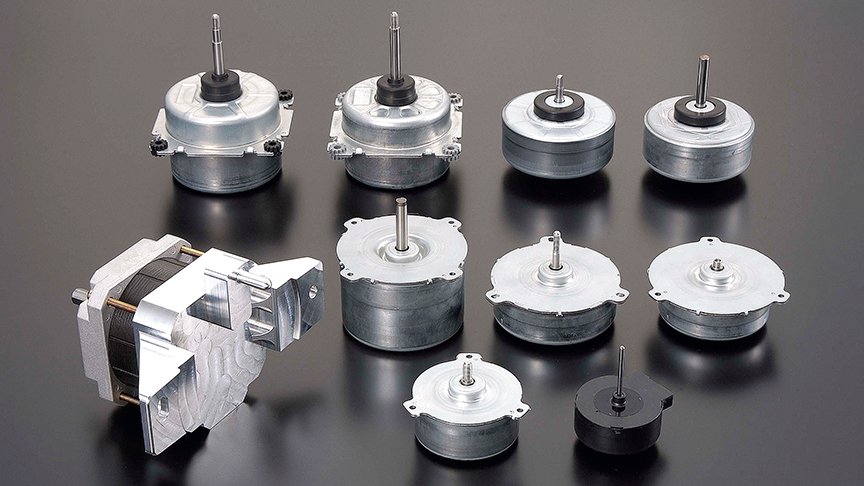
24 Mar. 2021
While electric motors come in many different forms, a few special exceptions aside, they all work by the same general principle: making the motor's shaft rotate by using the attraction and repulsion between the north and south poles of a magnet and the magnetic field generated by an electric current.
Those motors that use a direct current (DC) power supply to rotate the shaft are called DC motors, and these are divided into brushed and brushless (BLDC) motors.
This prompts the question: what are brushes?
Brushes are internal parts of a DC motor that are used along with a commutator, commutation being one of the ways by which DC motors are able to achieve continuous rotation. Accordingly, DC motors that incorporate a commutator and brushes are called brushed DC motors, while those that use an electronic circuit in place of the commutator and brushes are called brushless DC (BLDC) motors.
Differences between brushed and brushless DC motors
To keep the shaft of a DC motor rotating in the same direction, there is a need for a mechanism to switch the direction of the electric current flow once every half-rotation (a process called "commutation"). Brushed DC motors achieve this by mechanical means, using a commutator and brushes.
However, because this mechanism relies on the brushes and commutator remaining in electrical contact as the shaft rotates, these parts tend to wear from friction over extended use. In other words, they are consumable parts and require periodic maintenance. Another problem is that this continuous electrical contact generates both electrical and acoustic noise.
In contrast, brushless DC motors eliminate the need for brushes and commutator by instead incorporating an electronic circuit that detects the angular position of the shaft. This also eliminates the associated maintenance, and reduce noise.
Principle of operation of a brushed DC motor
Brushed DC motors have their coil windings in the rotor. As the rotor rotates, the brush connections switch between commutators, thereby switching the flow of electrical current through each coil.
By switching the direction of electrical current flow at appropriate times, the rotor is able to rotate continuously.
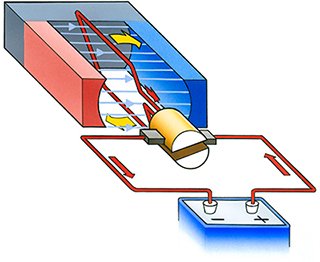
Principle of operation of a brushless DC motor
A brushless DC motor avoids the need for a commutator and brushes by having its permanent magnets in the rotor. Rotation of the rotor is maintained by detecting the position of the rotor magnetic poles and switching the electric current flow through the coils accordingly. For this reason, a brushless DC motor requires a driver (an electronic drive circuit). The detection of rotor shaft position, meanwhile, is done using a hall effect sensor or other magnetic sensors (although sensorless motors also exist that are able to work without such a sensor).
Hall effect sensors uses the hall effect to determine magnetic field strength. By converting this into an electrical signal, the driver is able to detect the position of the permanent magnet (the orientation of its north and south poles) and switches the electric current flow through its coils in such a way that it keeps the motor shaft rotating.
Features of brushed and brushless DC motors
The respective features of brushed and brushless DC motors are as follows.
Features of brushed DC motors
- Advantages
-
- No need for an electronic drive circuit (unless speed control is required)
- Easy to use and control
- Disadvantages
-
- Maintenance required due to wear of brushes and commutator
- Brushes generate electrical and acoustic noise
Features of brushless DC motors
- Advantages
-
- No contact between commutator and brushes meaning the motor has long life
- Able to run at high speeds
- Excellent tracking and responsiveness
- Disadvantages
-
- Requires a drive circuit
- Tends to have a higher overall cost
Types of brushless DC motors
Brushless DC motors can be broadly divided into those with an outer rotor and an inner rotor.
Outer rotor motor
The permanent magnets are located on the rotor which rotates around the outside of the stator coil windings. This provides for stability of rotation.
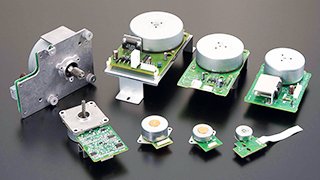
Inner rotor motor
The permanent magnets are on the rotor which is located on the inside, with the stator coil windings on the outside. This provides for precise control, similar to a brushed DC motor.
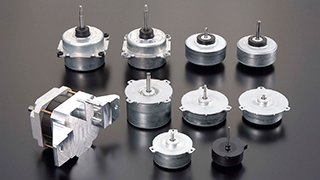
Applications for brushless DC motors
Given their characteristics of small size, high output, low noise and vibration, and long life, brushless DC motors have a wide range of uses in applications such as air cleaners and other forms of air conditioning, home appliances, refrigerators, water heaters, vending machines, copiers, printers, projectors, office equipment, instrumentation, vehicles, and medical devices.
- Air conditioners
- Home appliances
- Water heaters and burners
- Vending machines
- Freezer and chiller showcases
- Financial terminals (ATMs), change machines, currency exchange machines, ticket vending machines
- Clean rooms
- Optical products
- Printers
- Copiers
- Healthcare equipment
- Office equipment
- Laboratory analysis systems
Overcoming your problems with brushless DC motors
ASPINA supplies not only standalone brushless DC motors, but also system products that incorporate drive and control systems as well as mechanical design. These are backed by comprehensive support that extends from prototyping to commercial production and after-sales service.
ASPINA can offer solutions that are tailored to suit the functions and performance demanded by a diverse range of industries, applications, and customer products, as well as your particular production arrangements.
ASPINA supports not only customers who already know their requirements or specifications, but also those who are facing problems at early stages of development.
Do you struggle with the following concerns?
- Motor selection
-
- Don't have detailed specifications or design drawings yet, but need advice on motors?
- Don't have anyone in-house with expertise in motors and can't identify what sort of motor will work best for your new product?
- Motor and associated component development
-
- Want to focus your resources on core technology, and outsource drive systems and motor development?
- Want to save the time and effort of redesigning existing mechanical components when replacing your motor?
- Unique requirement
-
- Need a custom motor for your product, but been declined from your usual vendor?
- Can't find a motor that gives you the control you require, and about to give up hope?
Seeking answers to these problems? Contact ASPINA, we’re here to help.
List of the same series columns
- Applications for blower motor
- What is a blower motor?
- Advantages of brushless DC motors over brushed DC motors
- Features and applications of DC motors
- Is this brushless motor cheap or expensive? - What factors determine its price?
- Different types of DC motor and their respective features
- What is a geared brushless DC motor?
- How does an electronic speed controller for a brushless DC motor work? And what should you consider when you choose the right one?
- Small brushless motors
- Difference between brushed motor and brushless motor
- What are the disadvantages of brushless DC motors? And how can they be overcome?
- Advantages of brushless DC motors: How they differ from brushed DC motors
- What is an actuator?
- How do brushless DC motors work? The need for a drive circuit explained
- Do brushless DC motors require a drive circuit? – Controlling brushless DC motors
- How do brushed DC motors work? The need for regular maintenance explained
- Brushless DC motor applications: examples that demonstrate their features
- Stepper motor applications: Examples that demonstrate their features
- Motors designed for easy control: How do stepper motors work?
- What are the differences between brushed and brushless DC motors?
- What is a PSC motor
- What is a servo motor?
- What is a blower?
- What is a DC motor? - features and mechanisms
Related information
-
Accelerate product development: Rapid sampling and tailored solutions with ASPINA’s seat ventilation blowers

-
Zehnder revolutionizes indoor ventilation with ASPINA's DR-29312 motor
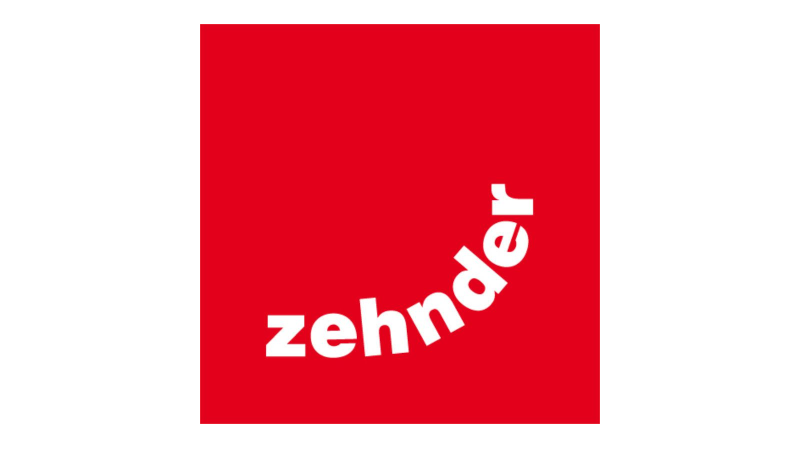
-
Comprehensive guide to medical device design
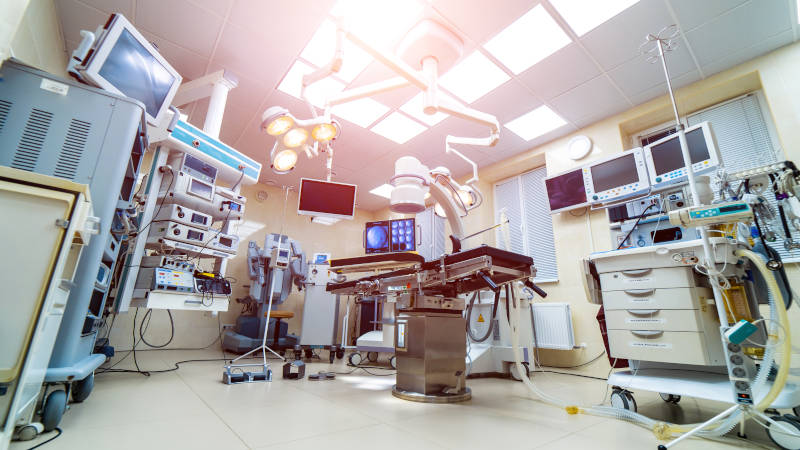
-
ASPINA's quiet medical-grade blower innovation revolutionizes CPAP therapy for sleep apnea sufferers

Contact us for more information
- New inquiry
- Prototype
- Upgrade
- Customization
- Your spec
- Literature
- Support
- Others







